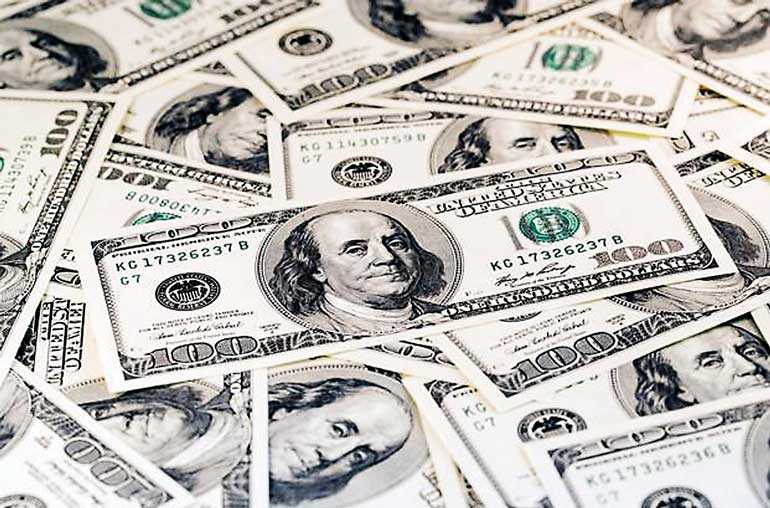Sunday Apr 20, 2025
Sunday Apr 20, 2025
Monday, 31 December 2018 00:46 - - {{hitsCtrl.values.hits}}

(Reuters): The US dollar’s share of currency reserves reported to the International Monetary Fund fell in the third quarter to a near five-year low, while the euro’s share of reserves grew to its largest in almost four years, data released on Friday showed.
The Chinese yuan’s share of allocated reserves shrank for the first time in the third quarter since the IMF began reporting its share of central bank holdings in the fourth quarter of 2016.
Reserves held in Japanese yen reached a 16-year peak in the third quarter, IMF data showed.Global reserves are assets of central banks held in different currencies, primarily used to support their liabilities. Central banks sometimes use reserves to help support their respective currencies.
Total allocated reserves increased to $10.71 trillion in the third quarter from $10.51 trillion in the previous quarter.
Reserves held in US dollars rose to $6.63 trillion, or 61.94% of allocated reserves, in the third quarter, from $6.56 trillion, or 62.4%, in the second quarter. The share of allocated US dollar reserves declined to its smallest since the 61.27% in the fourth quarter of 2013, IMF data showed.
Central banks appear to further diversify their reserves away from the greenback, which remains the world’s dominant reserve currency.
The dollar edged up 0.5% against a basket of major currencies .DXY in the third quarter as a strong US labour market and expectations of further interest rate increases from the Federal Reserve were offset by US-China trade tensions.
The share of allocated currency reserves held in yuan, also known as renminbi, slipped to 1.80% in the third quarter from 1.84% in the prior quarter.
The currency of China, the world’s second biggest economy CNY=, fell 3.8% on a spot basis against the dollar in third quarter as the Trump administration threatened to impose more US tariffs on Chinese goods.
While the dollar and yuan’s shares of foreign exchange reserves contracted, the euro and yen’s shares grew despite sluggish economic growth in those regions.
Ranked second behind the greenback, the euro’s share of global reserves climbed to 20.48%, its biggest since the fourth quarter of 2014. It was 20.25% in the quarter before.
The yen’s share of allocated reserves expanded to 4.98%, its largest since the third quarter of 2002. The Japanese currency’s share of reserves was 4.86% in the second quarter.
Discover Kapruka, the leading online shopping platform in Sri Lanka, where you can conveniently send Gifts and Flowers to your loved ones for any event including Valentine ’s Day. Explore a wide range of popular Shopping Categories on Kapruka, including Toys, Groceries, Electronics, Birthday Cakes, Fruits, Chocolates, Flower Bouquets, Clothing, Watches, Lingerie, Gift Sets and Jewellery. Also if you’re interested in selling with Kapruka, Partner Central by Kapruka is the best solution to start with. Moreover, through Kapruka Global Shop, you can also enjoy the convenience of purchasing products from renowned platforms like Amazon and eBay and have them delivered to Sri Lanka.
Discover Kapruka, the leading online shopping platform in Sri Lanka, where you can conveniently send Gifts and Flowers to your loved ones for any event including Valentine ’s Day. Explore a wide range of popular Shopping Categories on Kapruka, including Toys, Groceries, Electronics, Birthday Cakes, Fruits, Chocolates, Flower Bouquets, Clothing, Watches, Lingerie, Gift Sets and Jewellery. Also if you’re interested in selling with Kapruka, Partner Central by Kapruka is the best solution to start with. Moreover, through Kapruka Global Shop, you can also enjoy the convenience of purchasing products from renowned platforms like Amazon and eBay and have them delivered to Sri Lanka.